The POW Camp on Geoje Island
Last Updated on October 19, 2023
Goeje Island, off the southern coast of Korea, is a popular destination for visitors from Busan and all over Korea, really. There’s a lot to see on Geoje Island. Though Geoje Island offers spectacular views of the ocean, rocks jutting up in the sky and beaches, there is also another darker side to the island. That is the POW Camp from the Korean War era (거제도 포로수용소 유적공원). If you’re interested in some of the more historical parts of Korea and learning about how the Korean War affected the peninsula, this is a spot to check out.
Here’s what to know:
(This post contains affiliate links, which means I receive a certain percentage of a sale if you purchase after clicking. Thank you for your support.)
How To Get There
Address: 61 Gyeryong-ro, Geoje-si, Gyeongsangnam-do (경상남도 거제시 계룡로 61 (고현동))
Basic Info
Hours: March ~ October: 9:00 – 18:00; November ~ February: 9:00 – 17:00
Admission: Adults: W7,000; Teenagers: W5,000; Children: W3,000
Website: http://www.pow.or.kr/
Where To Stay
Samsung Hotel Geoje
If you’re headed down to the beautiful Geoje Island, check into staying at Samsung Hotel Geoje. The hotel is perfect with a great location and a great staff. Enjoy some quiet time in the hotel if you like, or head down the road to restaurants and cafes.
Book a stay here on Booking.com or on Agoda.com
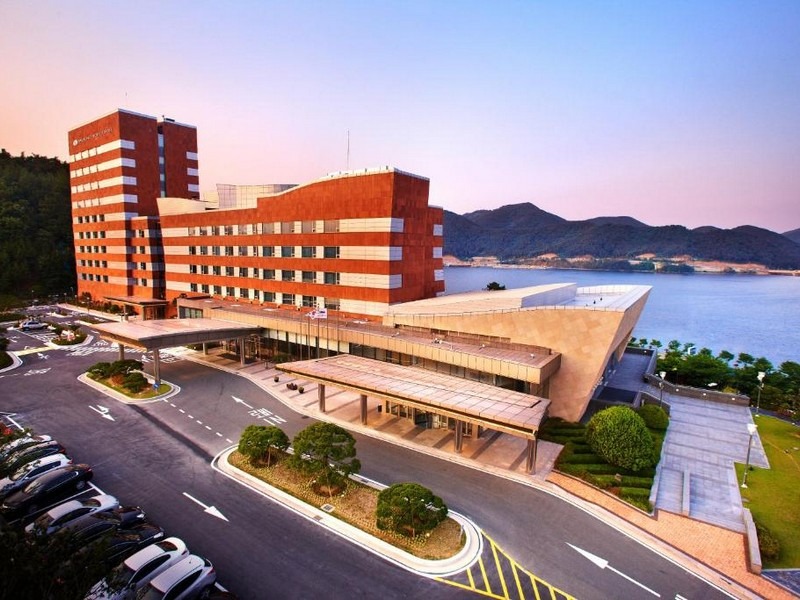
Doya Family Hotel
The Doya Family Hotel is another great spot to stay if you want a great outdoor swimming pool, BBQ-ing facilities on the grounds and comfort. It’s a great spot if you want to just get away but want everything at your fingertips.
Book a stay here on Booking.com or on Agoda.com
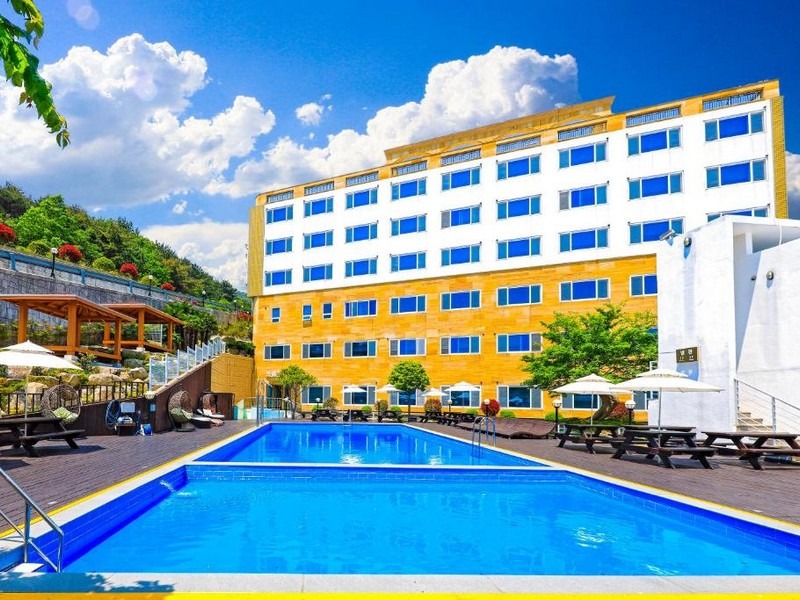
What To Know
The camp that once held 173,000 prisoners during the Korean War has been developed into an outdoor museum with dioramas depicting life in the camp, the barracks and shows the harrowing tale of the kidnapping of Brigadier General Dodd. The camp was shut down in 1953 upon the signing of the armistice which ended the active wartime yet the tanks, trucks and other relics from the war remained when the soldiers left. In 1997, the camp was opened up to the public to educate and serve as a reminder of the Korean War.

Of the 173,000 prisoners, there were 20,000 communist Chinese and the rest were North Koreans. The communists and the anti-communists often fought which led to bloody battles on the grounds where they were held and is said to have been the root cause of around 2,000 prisoner deaths. The diorama is the first place visited on the tour and it depicts how the prisoners lived and how fights between them occurred, it also depicts the kidnapping of Brigadier General Dodd.
While Geoje Island has gone through a recent reformation and become a beautiful spot that people flock to connected to mainland Korea via a bridge, at the time, this island was secluded and lacking in much of anything.

The POW camp was built between two mountains on the island to discourage soldiers from venturing to escape. Relics and remakes cover the grounds that take about one hour to peruse. This is a rather different look upon the Korean War as the prisoners and how they lived is often not discussed.
While the museum makes it clear that all soldiers were treated above board according to the Geneva Convention, they also go into great depth concerning the differences between the ideologies of the soldiers incarcerated here. The communist faction, who became known as the “Liberation Alliance”, and the anti-communist faction, who became known as the “Korean Young Men’s Anti-Communist Body”, would break into bloody fights and massacre each other which is detailed in the park.

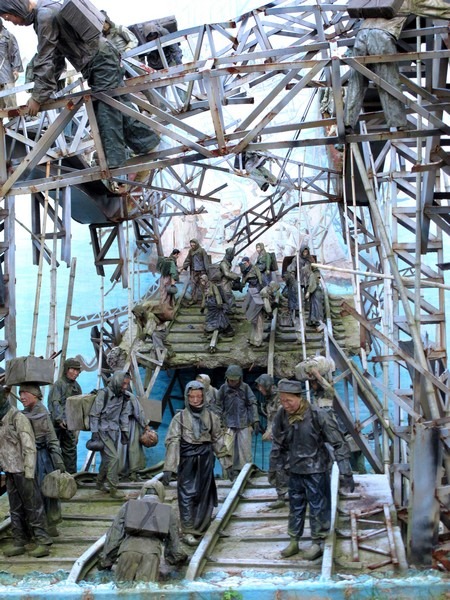


After the park was shut down, even where the soldiers would go was of debate. The communists wanted forced repatriation, while the anti-communists, some of them from North Korea, while the anti-communists were of course anti-forced repatriation. Many ended up with the choice of where they would reside and some North Korean soldiers chose to stay in South Korea and begin anew and there were also some soldiers who were forced to go back.




While I found the “photo zones” to be a bit awkward and tended to make the feeling a bit lighter than it should have been in a place like this, overall the visit led to some discussion and new thoughts on the idea of war and POWs. This was one site that should definitely be on a person’s list who is wishing to learn more about war in Korea. I recommend this site, along with five other must see spots for anyone hoping to learn more about the wars that have ravaged this small peninsula.
What Else To See On Geoje Island
If you’ll be headed to Geoje Island, don’t miss visiting the Bamboo Forest as well as taking a boat out to Haegeumgang and Oedo Botanical Garden.
Did you like this post? Pin It!
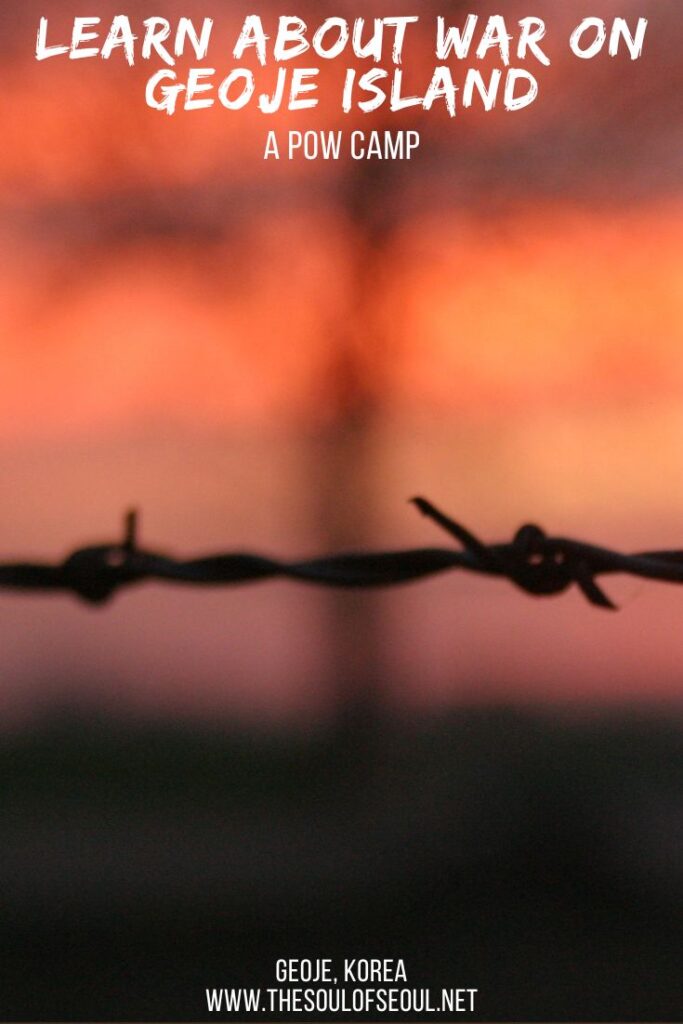
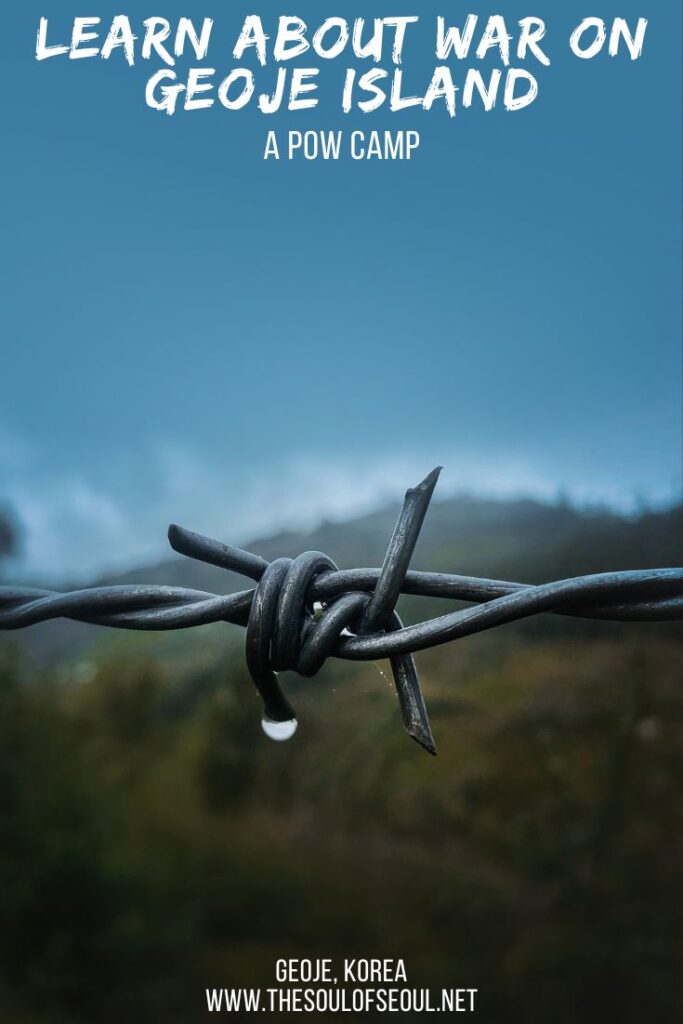
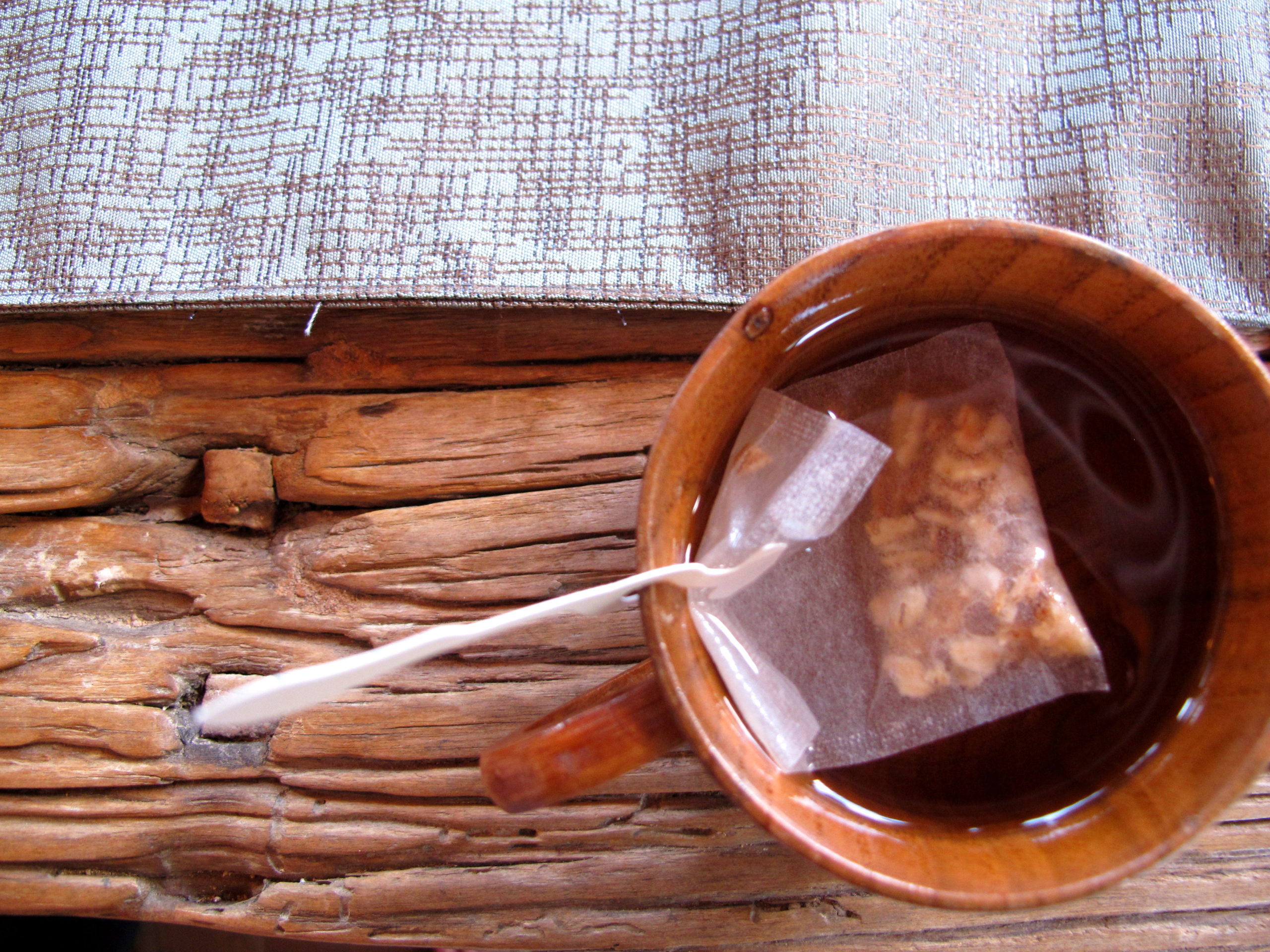
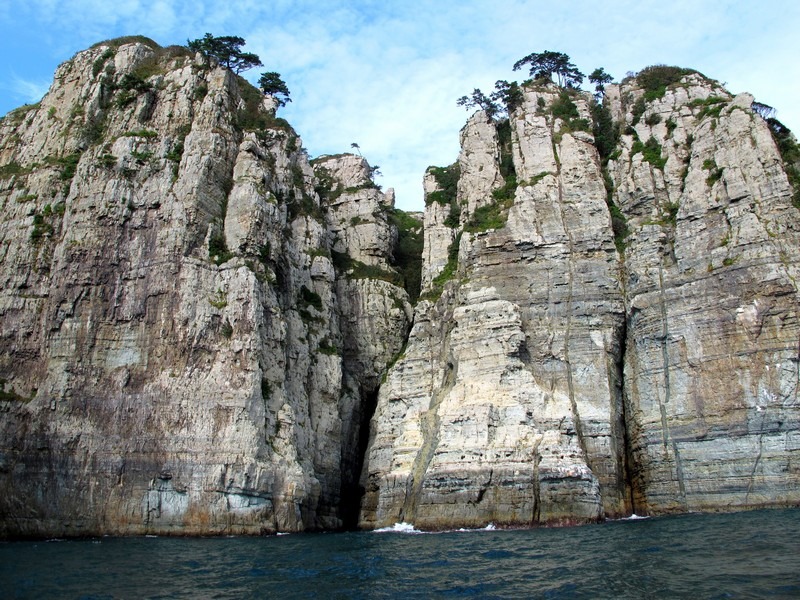

One Comment
Donbi Callahan-yeo
Hello, my grandparents home was located where a dam was built to feed water to the pow’s near the pow museum. I have family owns a coffee shop on top of the hill by mundong falls. Can you tell me the name of that lake/reservoir?